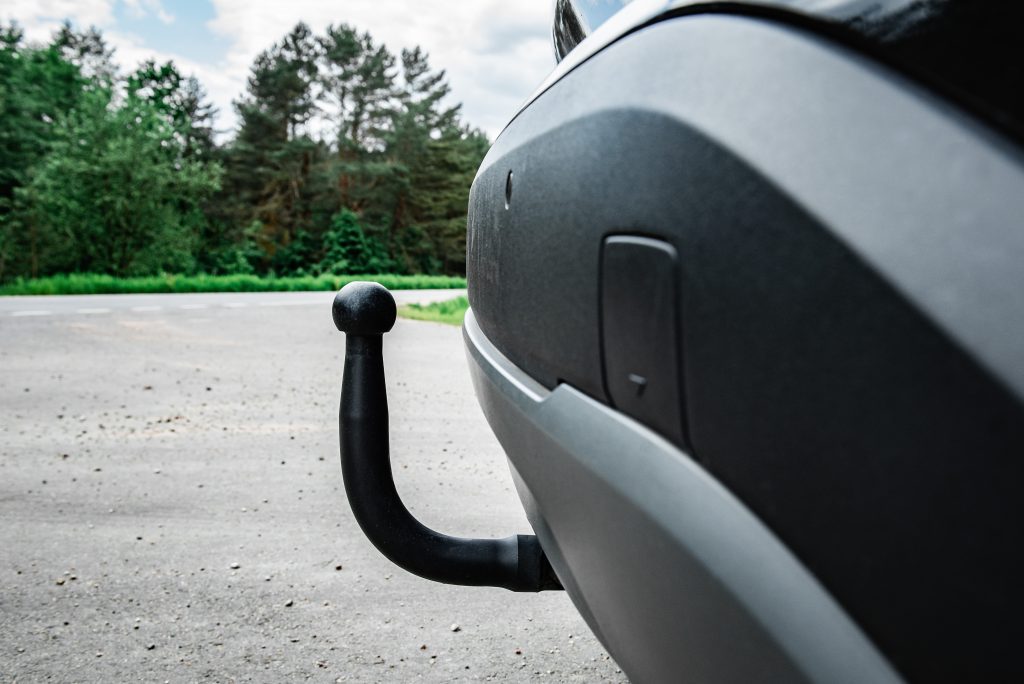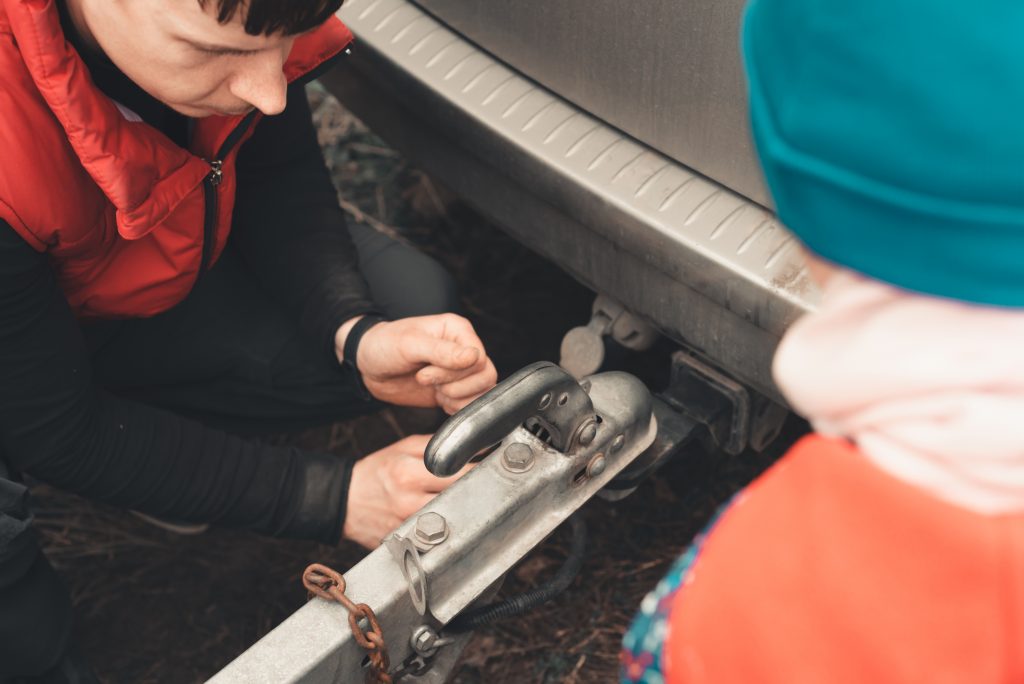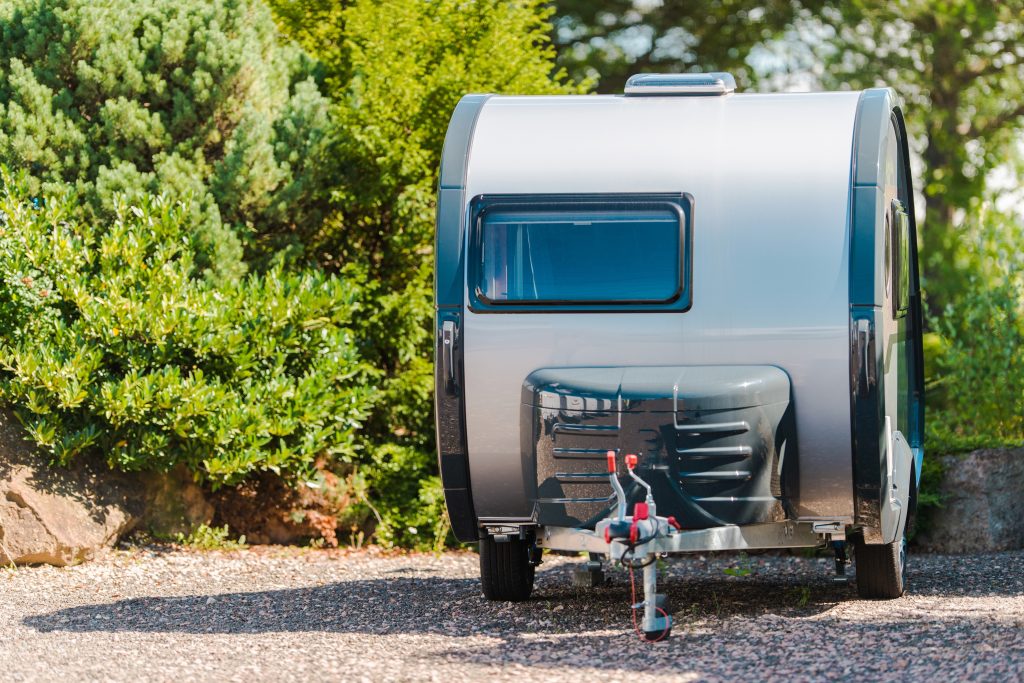The Ultimate Guide to Hitching and Unhitching Your Travel Trailer
Traveling with a travel trailer is an exciting and convenient way to explore the great outdoors. However, hitching and unhitching your trailer safely is a crucial skill that every RV enthusiast should master. In this comprehensive guide, RVnGO will walk you through the process step by step to ensure you can confidently and securely hitch and unhitch your travel trailer every time.
Table of Contents
-
Why Safe Hitching and Unhitching is Important
-
Essential Equipment for Hitching and Unhitching Your Trailer
-
Step-by-Step Guide to Hitching Your Travel Trailer
-
Step-by-Step Guide to Unhitching Your Travel Trailer
-
Troubleshooting Common Hitching and Unhitching Issues
-
Maintenance Tips for Hitch Components
-
Preventing Accidents and Ensuring Safety
-
Hitching and Unhitching Best Practices
1. Why Safe Hitching and Unhitching is Important
Safe hitching and unhitching are crucial for several reasons:
- Safety for you and others on the road: A secure connection between your vehicle and trailer ensures you can safely maneuver and avoid accidents. This includes proper weight distribution, secure attachments, and functional safety equipment like brakes and lighting. Hitching your travel trailer correctly helps prevent swaying, loss of control, and potential collisions with other vehicles or obstacles.
- Prevention of damage to your trailer and towing vehicle: A properly hitched trailer reduces the risk of damage to both your trailer and towing vehicle. Incorrect hitching can cause unnecessary strain on the towing vehicle’s suspension, transmission, and other components, resulting in costly repairs. Moreover, an improperly hitched trailer is more likely to detach from the towing vehicle, potentially causing damage to both the trailer and other vehicles on the road.
- Compliance with legal requirements: Following the correct hitching and unhitching procedures can help you avoid fines or penalties for improper trailer connections. Many jurisdictions have specific regulations regarding trailer connections, safety equipment, and weight limits. Adhering to these regulations ensures your compliance and keeps you and others on the road safe.
2. Essential Equipment for Hitching and Unhitching Your Trailer

Before we dive into the hitching and unhitching process, make sure you have the following equipment on hand:
- A suitable hitch system: This includes a hitch receiver, ball mount, and hitch ball. Ensure that the hitch system is compatible with both your towing vehicle and trailer, considering factors such as weight capacity, hitch class, and the size of the hitch ball.
- Safety chains: These are an essential safety feature that provides a backup connection between your towing vehicle and trailer in case the primary hitch connection fails. Safety chains should be strong enough to support the weight of your trailer and should be crossed under the hitch to form an “X” pattern.
- Trailer brakes and brake controller (if applicable): Many travel trailers are equipped with their own braking system, which requires a compatible brake controller installed in your towing vehicle. This allows you to control the trailer brakes effectively and maintain a safe stopping distance while driving.
- A wheel chock or block: These are used to prevent trailer movement during hitching and unhitching. Wheel chocks should be placed in front of and behind the trailer wheels to ensure the trailer remains stationary throughout the process.
- A hitch lock or pin: This secures the hitch components and prevents accidental disconnection while driving. A hitch lock provides added security against theft, while a hitch pin offers a simpler connection option.
- A trailer jack or leveling system: This equipment is essential for raising and lowering the trailer during hitching and unhitching. The jack or leveling system should have a weight capacity suitable for your travel trailer.
- Gloves: Protect your hands from dirt, grease, and potential injury by wearing gloves during the hitching and unhitching process.
3. Step-by-Step Guide to Hitching Your Travel Trailer

Follow these steps to safely hitch your travel trailer:
Step 1: Position Your Vehicle and Trailer
- Align your towing vehicle and trailer on level ground. This ensures a stable and secure connection during hitching.
- Ensure the trailer coupler is at the correct height for the hitch ball. The coupler should be slightly higher than the hitch ball to allow for easy connection.
Step 2: Lower the Trailer Onto the Hitch Ball
- Release the trailer coupler latch. This mechanism locks the coupler onto the hitch ball and must be disengaged before lowering the trailer.
- Using the trailer jack, lower the coupler onto the hitch ball until it’s fully seated. Make sure the coupler is properly aligned with the hitch ball to avoid damage or an insecure connection.
- Close and secure the coupler latch. This will lock the coupler onto the hitch ball, creating a secure connection between your towing vehicle and travel trailer.
Step 3: Secure the Trailer to the Towing Vehicle
- Insert the hitch pin or lock to keep the coupler in place. This provides an added layer of security and prevents accidental disconnection while driving.
- Attach safety chains to the towing vehicle, crossing them to form an “X” pattern. This setup ensures the chains can support the trailer in case of hitch failure and prevents the chains from dragging on the ground.
- Connect the trailer wiring harness to the towing vehicle. This enables the trailer’s lights, turn signals, and brakes (if applicable) to function in sync with your towing vehicle.
Step 4: Connect the Trailer Brakes (if applicable)
- Plug the brake controller into your towing vehicle, following the manufacturer’s instructions. Make sure the brake controller is properly installed and calibrated for your travel trailer’s braking system.
Step 5: Perform a Final Safety Check
- Double-check all connections and ensure they are secure. This includes verifying that the coupler latch is locked, the hitch pin or lock is in place, and the safety chains are properly attached.
- Test the trailer lights, brakes, and turn signals. Confirm that all lights are functioning correctly and that the trailer brakes respond appropriately when activated.
- Remove the wheel chocks and store them safely.
4. Step-by-Step Guide to Unhitching Your Travel Trailer
Unhitching your travel trailer requires the same attention to detail as hitching. Follow these steps to safely disconnect your trailer:
Step 1: Position Your Vehicle and Trailer
- Park your towing vehicle and travel trailer on a level surface. This ensures stability during the unhitching process.
- Apply the parking brake on your towing vehicle. This prevents your vehicle from moving while you unhitch the trailer.
- Place wheel chocks in front of and behind the trailer wheels to prevent movement.
Step 2: Disconnect the Trailer Wiring and Safety Chains
- Disconnect the trailer wiring harness from the towing vehicle. This will disable the electrical connection between your vehicle and the trailer, allowing you to safely separate them.
- Detach the safety chains from the towing vehicle. These chains should be removed carefully to avoid injury or damage to the vehicle.
Step 3: Release the Trailer Coupler
- Unlock and remove the hitch pin or lock from the coupler. This will allow you to release the coupler from the hitch ball.
- Release the coupler latch, ensuring that it is fully disengaged.
Step 4: Raise the Trailer off the Hitch Ball
- Use the trailer jack to raise the coupler until it clears the hitch ball. Make sure the trailer is stable and level before continuing.
Step 5: Perform a Final Safety Check
- Double-check that all connections have been disconnected and removed. Make sure to verify that you have detached the trailer wiring harness and safety chains from the towing vehicle.
- Confirm that the wheel chocks are securely in place and that the trailer is stable.
- Store all hitching equipment safely, including the hitch pin or lock, and any other hitch accessories.
5. Troubleshooting Common Hitching and Unhitching Issues

If you encounter problems during the hitching or unhitching process, consider the following solutions:
- Difficulty aligning the towing vehicle and trailer: Use a spotter, backup camera, or hitch alignment tools to help guide you into position.
- Coupler not fitting onto the hitch ball: Verify that the hitch ball and coupler sizes match and that the coupler is fully open before attempting to lower it onto the ball.
- Trailer not level: Adjust the trailer jack or leveling system to ensure the trailer is stable and level before hitching or unhitching.
6. Maintenance Tips for Hitch Components
To ensure the longevity and performance of your hitch components, follow these maintenance tips:
- Regularly inspect hitch components for wear, damage, or rust: Replace any damaged parts immediately to maintain a safe and secure connection.
- Keep hitch components clean and lubricated: Use a high-quality grease to lubricate the hitch ball and coupler to reduce friction and wear. Clean any excess dirt or debris from the hitch components to prevent corrosion and maintain smooth operation.
- Tighten any loose bolts or connections: Periodically check all connections and tighten them as needed to maintain a secure fit.
- Store hitch components in a dry, protected area: When not in use, store your hitch equipment in a safe, dry location to prevent rust and damage.
7. Preventing Accidents and Ensuring Safety
To minimize the risk of accidents and ensure the safety of you and others on the road, consider these precautions:
- Follow the manufacturer’s recommendations: Consult your towing vehicle and trailer owner’s manuals for specific hitching and unhitching instructions. These guidelines will help you make the right connections and maintain safe operating conditions.
- Adhere to weight limits and distribution requirements: Do not exceed the weight capacity of your towing vehicle, hitch system, or travel trailer. Properly distribute the weight within your trailer to prevent sway and maintain stability on the road.
- Drive cautiously: Allow for increased stopping distances and slower acceleration when towing a travel trailer. Be mindful of your trailer’s size and weight, and adjust your driving habits accordingly.
8. Hitching and Unhitching Best Practices
By following these best practices, you can ensure a safe and efficient hitching and unhitching process:
- Practice makes perfect: Take the time to practice hitching and unhitching your travel trailer in a controlled environment. The more familiar you are with the process, the more confident and efficient you will become.
- Use a checklist: Create a hitching and unhitching checklist to ensure you don’t miss any crucial steps. This can help prevent accidents and damage to your towing vehicle and travel trailer.
- Communicate with a spotter: If you have a spotter to help you during the hitching and unhitching process, maintain clear communication to ensure accurate alignment and a safe working environment.
- Inspect your equipment regularly: Regular inspections of your hitch components and travel trailer will help identify any potential issues before they become major problems. Address any issues promptly to maintain a safe connection on the road.
- Take your time: Rushing through the hitching and unhitching process can lead to mistakes and accidents. Give yourself ample time to complete each step with care and attention.
By following this comprehensive guide for hitching and unhitching your travel trailer, you will equip yourself to tackle any RV adventure. With a thorough understanding of the process and proper maintenance, you’ll be able to safely and confidently connect and disconnect your trailer for years to come.